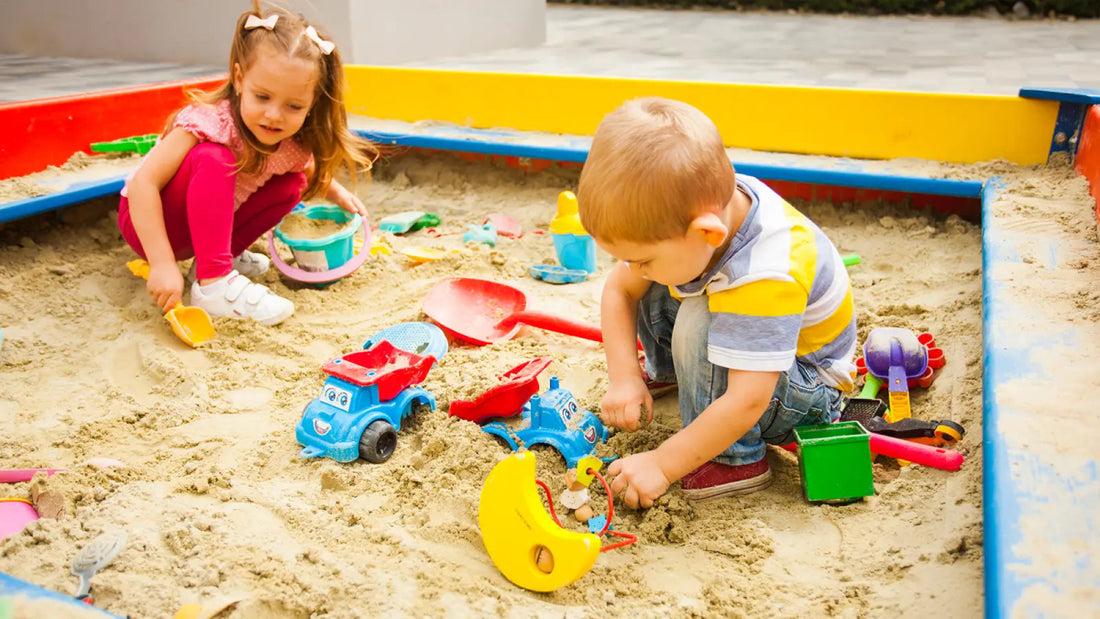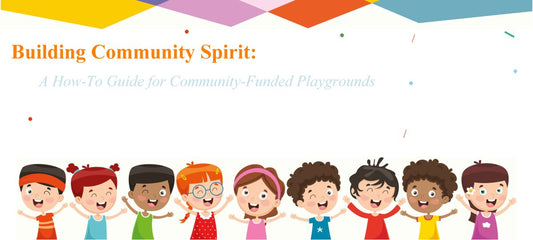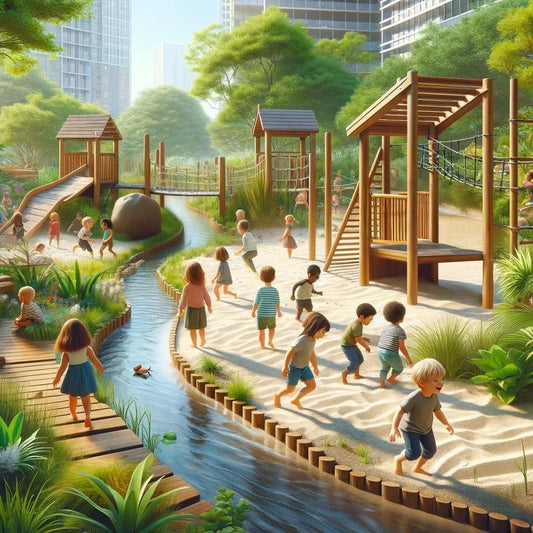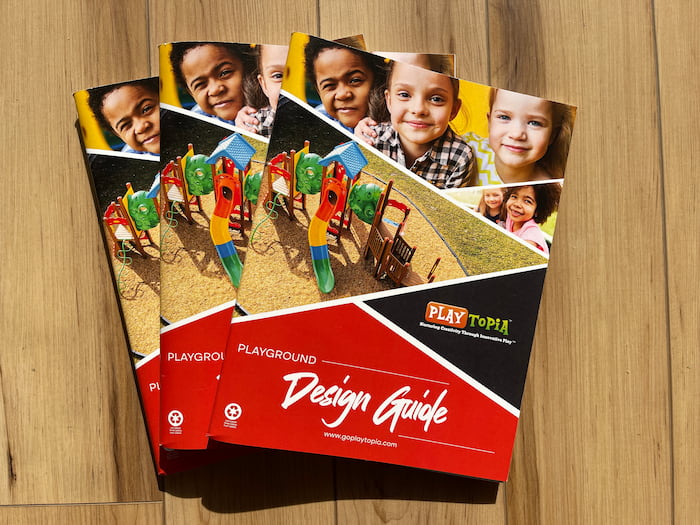
The Role of Playgrounds in Early Childhood Development
Tanner MorrowShare This Article
Playgrounds are not just spaces for children to burn off energy; they are crucial environments that foster the comprehensive development of young children. This blog post explores the indispensable role that playgrounds play in early childhood development, focusing on physical, social, emotional, and cognitive growth. By integrating examples from our collection of products, we'll see how specific types of commercial playground equipment contribute to these developmental aspects.
Physical Development:
Physical activity is crucial in early childhood, laying the foundation for a healthy lifestyle. Playgrounds are ideal settings for children to develop their gross motor skills, improve coordination, and enhance their overall physical health. Commercial playground equipment, specifically designed for young users, encourages active play that is both fun and beneficial. For instance, the Kenton Play System from Playtopia Playgrounds includes a variety of climbing structures that challenge children's physical abilities while ensuring safety. These structures, varying in complexity, help children develop muscle strength, coordination, and agility. Furthermore, incorporating slides, swings, and other dynamic equipment supports cardiovascular health and encourages kids to engage in more vigorous play.
Social Development:
The playground serves as a microcosm of society, where children learn and practice social skills that will stay with them for life. Through play, they learn about taking turns, sharing, and empathizing with others. Cooperative play equipment, like the "Modular Mud Kitchen" from Playtopia, requires children to communicate and collaborate, fostering teamwork and mutual understanding. Additionally, playgrounds often become venues where children make their first friendships, learning to navigate the complexities of social interactions in a supportive environment.
Emotional Development:
Emotional resilience and self-awareness can be nurtured in the playground setting. When children face challenges, like reaching the top of a climbing frame or mastering a new piece of equipment, they learn to manage feelings of frustration or fear. Playtopia's Smile Town Play Structure offers features that provides children with opportunities to challenge themselves in a controlled environment, building confidence and a sense of achievement. These experiences help children to understand and regulate their emotions, contributing to their emotional intelligence.
Cognitive Development:
Playgrounds stimulate children's cognitive development in various ways. Problem-solving skills are honed as children figure out how to navigate complex playground structures or interact with equipment like the puzzles found in Playtopia's Maze Marvel Playscape series. Sensory play elements, such as sand and water tables, enhance cognitive development by encouraging children to explore, experiment, and learn from their interactions with different textures and materials. Playtopia's Modern Sensory Station is designed to stimulate children's curiosity and investigative skills, promoting cognitive development through play.
Inclusive and Accessible Play:
Inclusive playgrounds ensure that children of all abilities have the opportunity to play, interact, and learn from each other. Playtopia's Ramp Rush Playscape was designed to be accessible, with features that accommodate children with various physical and sensory needs. This inclusivity fosters an environment of acceptance and equality, teaching children the value of diversity and inclusiveness from an early age.
Outdoor Classroom:
The concept of the outdoor classroom extends the educational environment beyond the confines of a traditional classroom, utilizing the playground as a space for experiential learning. Playtopia's Outdoor Classroom series includes equipment that serves dual purposes—promoting both play and learning. For example, outdoor musical instruments not only provide fun but also introduce children to basic concepts of music and sound.
By deepening our understanding of how each element of playground design contributes to child development, we can appreciate the profound impact that well-thought-out playgrounds have on our children's growth and learning.


















